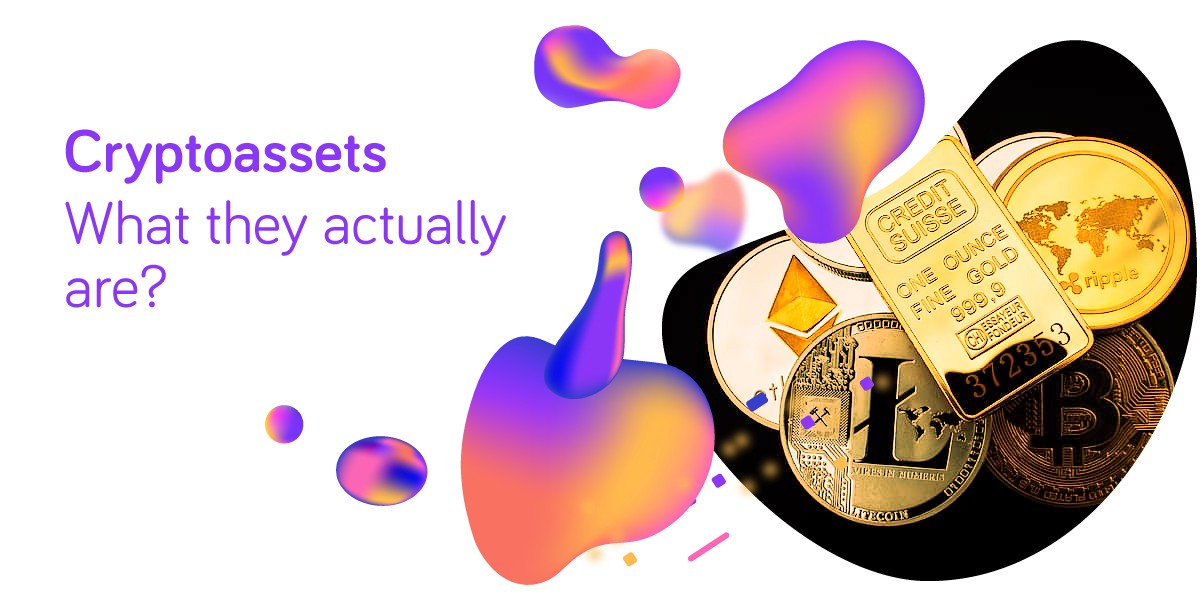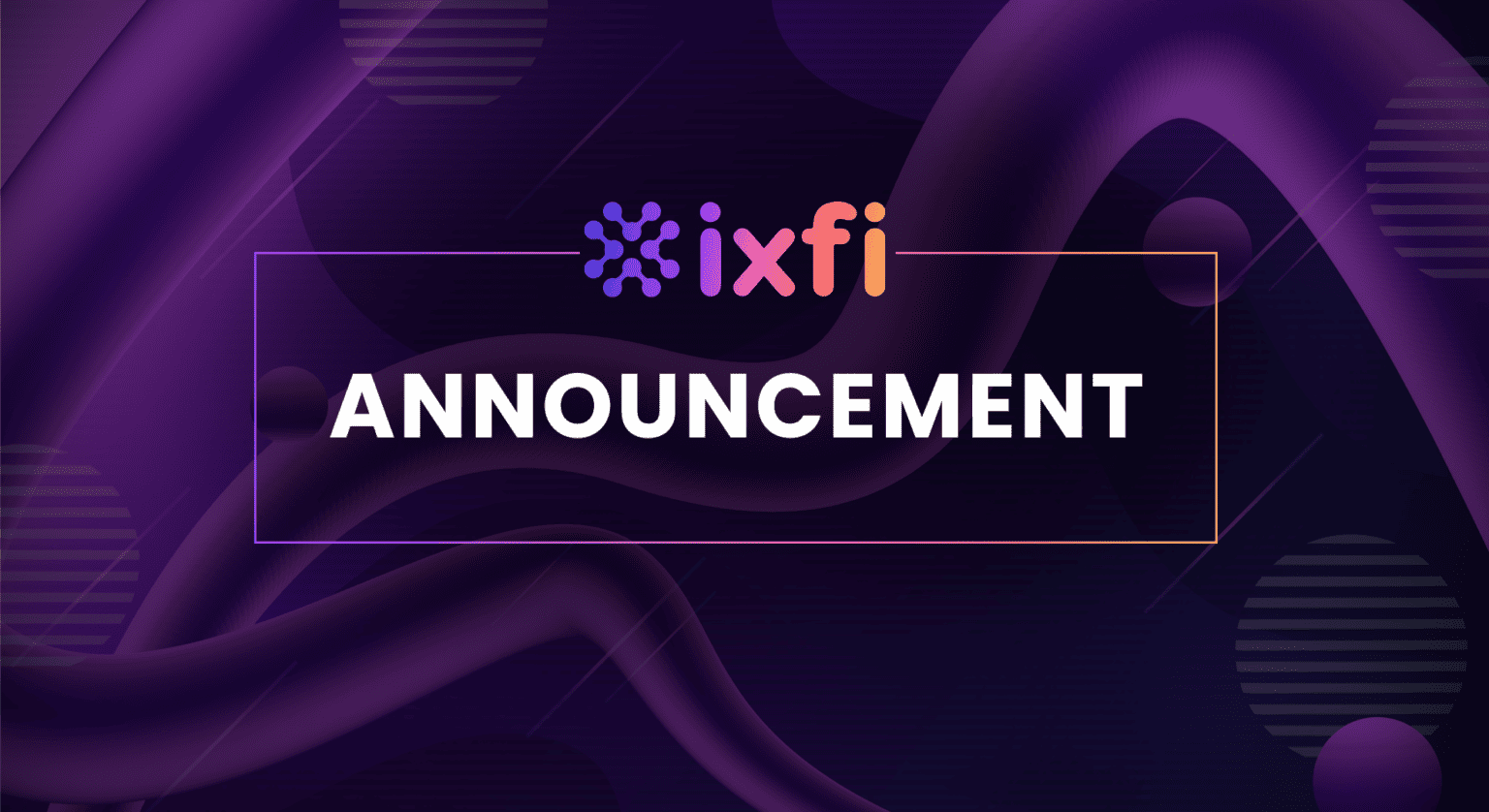We currently live in a world that is part-real and part-virtual.
Maybe this statement sounds a bit too harsh, so let me rephrase it: a big part of our day-to-day activities nowadays is related to something “virtual”, “online” or “crypto”.
This is how an entirely new ecosystem has been brought into existence, and one big part of it is the Cryptoassets — which are this article’s main focus.
Let’s see first what Cryptoassets are, so we can be on the same page.
A wide definition of Cryptoassets specifies that they are any type of digital asset that uses cryptography, peer-2-peer networks, and public distributed ledgers to maintain its existence and value and to also verify a transaction between any two given individuals or organizations, without having the need for a middleman.
There are known several main types of Cryptoassets; let’s review them one by one:
Cryptocurrencies
The most recent version of money can be used to buy goods or services, and also could be used to create more value, because they can be traded as a commodity. In some future-oriented companies, even the salary is paid in crypto and there are even some US states where crypto can be used to pay your local taxes. It started out only for private persons, but recently, more and more companies are showing interest in this kind of payment management.
You can obtain cryptocurrency through two major methods: you can buy it from somebody else or you can generate it yourself — this process is called mining. To explain it simply, when somebody makes a transfer to somebody else, the transfer itself is validated by “miners”, which write a new block in the blockchain and store it on all computers of the network, and as a result, they get rewarded for doing this.
The most famous cryptocurrency is BITCOIN (BTC) and immediately after it, we have ETHEREUM (ETH) and a very long list with more other coins — the majority of which can be traded on the new and innovative www.ixfi.com platform.
Cryptocurrencies are independent assets that have the potential to be exchanged between the participants of the same network; every exchange is done with help from blockchain technology. A public ledger (list) keeps track of all exchanges ever made with that particular cryptocurrency, and it exists in parallel on all computers of the network. The public ledger is updated by following a consensus method; there are two main consensus methods: proof-of-work and proof-of-stake.
Utility tokens
A.k.a. protocol tokens are not really coined by the word’s definition, because they are describing a decentralized service or parts of a service that can be earned, but also, they can be traded (bought/sold).
Therefore, they are not a means of payment, but rather a piece of the product that is sold. If we would give an example, a utility token would be seen as a piece of a cake, not as the money that can buy you that piece of cake. ?
The most common are the ones used for storage space on a network, video game currency, computing power, or any other kind of service that can be offered online.
Here are some examples of utility tokens: Storj, Siacoin, Augur, Golem, Sonm — and many, many others.
Transactional tokens
They are a specific type of Cryptoassets that have been launched with the sole purpose of offering an alternative to the very complex system of transferring funds from one bank to the other, based on very-old technology based on SWIFT and KYC and AML protocols. SWIFT involves six different parties to complete a single transaction, by the way. So, basically, a transactional token is exchanged for goods or services. It’s that simple.
Good examples of transactional tokens: Ripple, Stellar, VeChain, IOTA
Platform tokens
As you may have already guessed, they make other Cryptoassets possible, by offering the framework needed for other crypto projects to develop and eventually launch into the global crypto ecosystem.
Their USP (Unique Selling Proposition) is the fact that they use blockchain technology to create a database that is shared among all computers from the network. By doing this, the known limitations of “classical” databases can be easily overcome.
They are the most reliable of all Cryptoassets, and among the best examples we can find Ethereum, Neo, Eos
Security tokens
Used as direct reflections of on-chain assets but also off-chain assets (securities that we also find in the off-line world). They can represent shares of a company, property rights, payable invoices, pieces of equipment, etc.
They were born from the need to mitigate the increasing regulatory concerns. Their value is derived from the value of other assets, which can be digital and also physical.
Good examples: Harbor, INX, Securrency, PixelPlex, and others.
Stablecoins
They are a specific type of cryptocurrency that is linked to an already existing traditional currency or commodity, like the dollar or gold. They were created in an attempt to offer an alternative to highly volatile cryptocurrencies such as Bitcoin.
They were designed to have a stable price and are backed up by other reserve assets.
The most famous are Tether, TrueUSD, Diem, but they are not the only ones.
NFTs (Non-Fungible Tokens)
NFTs are pieces of art combined with cryptography, with the sole purpose of making sure that the artwork remains unique and can be proven that it is unique. This is done in the same way as proofing a bitcoin transaction: by writing the NFT details in a blockchain, which, of course, cannot be modified afterward.
This process can be applied to pictures, videos, audio files, and any other type of digital file and will ensure, if needed, the authenticity and ownership of that specific file.
This is a method to provide proof of the difference between the original initial picture created by an artist and stored as a JPG file on their computer, and a copy of that same picture (done with copy/paste) that was created by another person. Blockchain technology can attest to which is the original and which is the copy, even if they look identical to us. This is the main advantage of the Non-Fungible Token (NFT).
In conclusion, we can say that Cryptoassets, in their vast majority, can be used in the following three different situations:
· As an investment
· As a means of exchange
· As a way to access products and services
The best place to manage your Cryptoassets is in a trustworthy and reliable platform and luckily, IXFI has recently launched the most complete platform for beginners and experts alike, which supports the assets mentioned above and has many cool features for you to discover.
Quite recently, the IXFI platform has received a brand-new Facebook page, which adds up to the already existing social media pages that IXFI has on major networks: Twitter, LinkedIn, Instagram, YouTube, Reddit, Medium, and Telegram.
Check it out here https://www.facebook.com/IXFIworld/ or if you prefer to visit every social media account listed above, just click on www.ixfi.com and go to the bottom of the home page — that is where you will find links and pictograms for them all.
The entire time spent researching in order to create this article and writing it has been both fun and educational for me. I can only hope that it was the same for you, reading it. ?
Disclaimer: The content of this article is not investment advice and does not constitute an offer or solicitation to offer or recommendation of any investment product. It is for general purposes only and does not take into account your individual needs, investment objectives, and specific financial and fiscal circumstances.
Although the material contained in this article was prepared based on information from public and private sources that IXFI believes to be reliable, no representation, warranty, or undertaking, stated or implied, is given as to the accuracy of the information contained herein, and IXFI expressly disclaims any liability for the accuracy and completeness of the information contained in this article.
Investment involves risk; any ideas or strategies discussed herein should therefore not be undertaken by any individual without prior consultation with a financial professional for the purpose of assessing whether the ideas or strategies that are discussed are suitable to you based on your own personal financial and fiscal objectives, needs, and risk tolerance. IXFI expressly disclaims any liability or loss incurred by any person who acts on the information, ideas, or strategies discussed herein.



